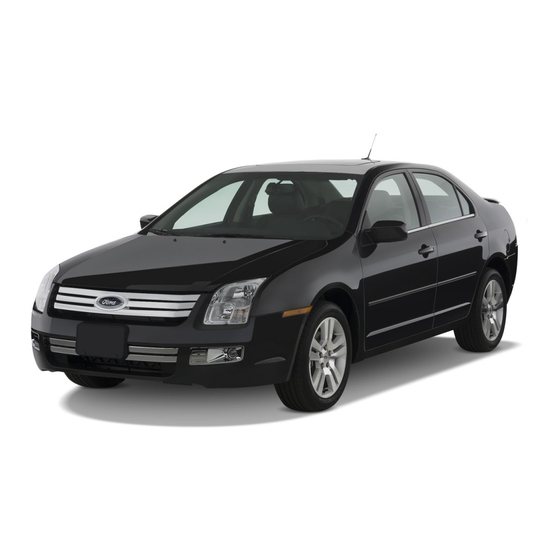
Ford FUSION 2009 Manuals
Manuals and User Guides for Ford FUSION 2009. We have 3 Ford FUSION 2009 manuals available for free PDF download: Owner's Manual, Specification, Quick Reference Manual
Ford FUSION 2009 Owner's Manual (315 pages)
Brand: Ford
|
Category: Automobile
|
Size: 2 MB
Table of Contents
Advertisement
Ford FUSION 2009 Specification (12 pages)
Brand: Ford
|
Category: Automobile
|
Size: 0 MB
Table of Contents
Ford FUSION 2009 Quick Reference Manual (2 pages)
Brand: Ford
|
Category: Automobile
|
Size: 1 MB
Advertisement


